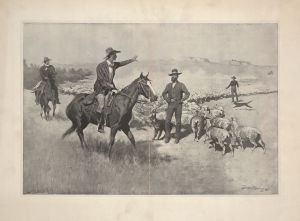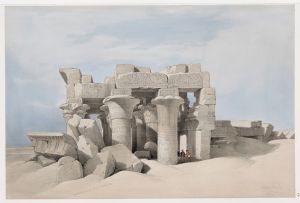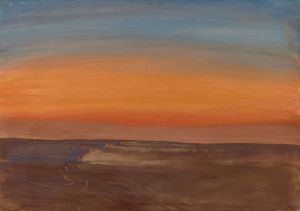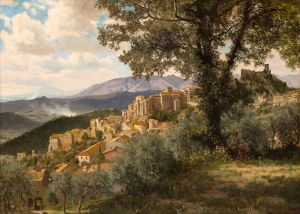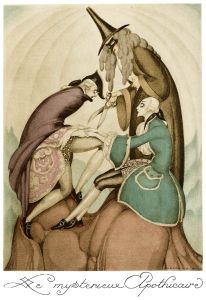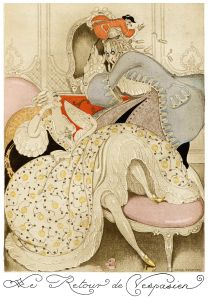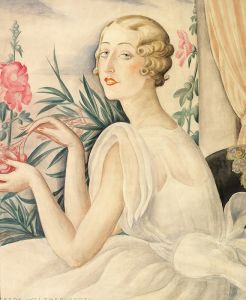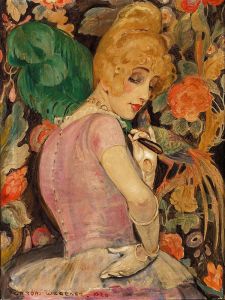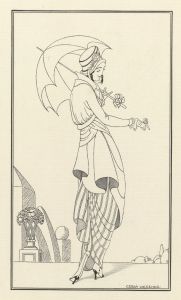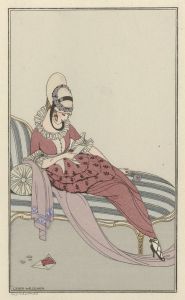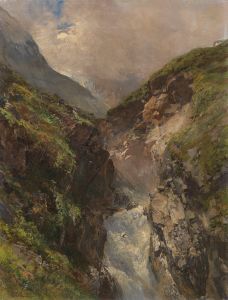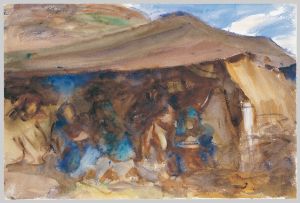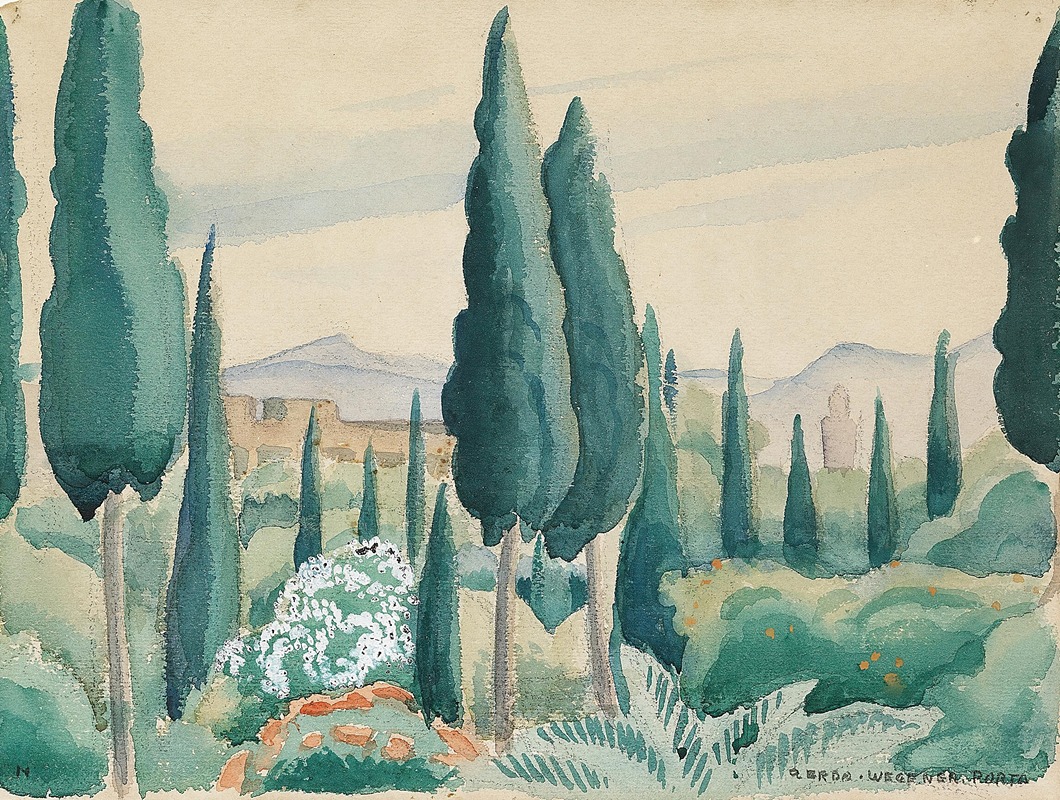
Udsigt over marokkansk landskab, i forgrunden pinjer
A hand-painted replica of Gerda Wegener’s masterpiece Udsigt over marokkansk landskab, i forgrunden pinjer, meticulously crafted by professional artists to capture the true essence of the original. Each piece is created with museum-quality canvas and rare mineral pigments, carefully painted by experienced artists with delicate brushstrokes and rich, layered colors to perfectly recreate the texture of the original artwork. Unlike machine-printed reproductions, this hand-painted version brings the painting to life, infused with the artist’s emotions and skill in every stroke. Whether for personal collection or home decoration, it instantly elevates the artistic atmosphere of any space.
Gerda Wegener, a Danish painter and illustrator, is renowned for her vibrant and sensuous art, often characterized by its Art Deco style and depictions of fashionable women. One of her lesser-known works is "Udsigt over marokkansk landskab, i forgrunden pinjer," which translates to "View over Moroccan Landscape, with Pine Trees in the Foreground." This painting reflects Wegener's exploration of landscapes, a subject she did not frequently tackle, as she was primarily known for her portraits and illustrations.
Gerda Wegener was born on March 15, 1886, in the small town of Hammelev, Denmark. She studied at the Royal Danish Academy of Fine Arts in Copenhagen, where she developed her skills and began her career as an illustrator. Wegener's work gained significant attention in the early 20th century, particularly in Paris, where she moved with her spouse, Einar Wegener, who later became known as Lili Elbe, one of the first recipients of gender confirmation surgery.
Wegener's art is often associated with her depictions of women, characterized by their elegance and modernity, reflecting the changing roles and perceptions of women during the early 20th century. Her work was celebrated for its bold use of color and intricate detail, drawing inspiration from both Art Nouveau and Art Deco movements.
"Udsigt over marokkansk landskab, i forgrunden pinjer" is an example of Wegener's ability to capture the essence of a landscape with the same vibrancy and attention to detail that she applied to her portraits. The painting features a Moroccan landscape, a subject that suggests Wegener's interest in exotic and distant locales, which was a common theme among artists of her time, influenced by the Orientalist movement. The inclusion of pine trees in the foreground adds a unique element to the composition, blending the familiar with the foreign.
The painting's composition and color palette reflect Wegener's distinctive style, characterized by its clarity and decorative quality. Her use of color is particularly noteworthy, as she employs a range of hues to convey the warmth and richness of the Moroccan landscape. The painting captures the interplay of light and shadow, creating a sense of depth and atmosphere that draws the viewer into the scene.
While there is limited information available about the specific circumstances under which "Udsigt over marokkansk landskab, i forgrunden pinjer" was created, it is clear that the work exemplifies Wegener's artistic versatility and her ability to transcend her usual focus on portraiture. This painting, like much of her work, demonstrates her keen eye for detail and her ability to infuse her subjects with life and vibrancy.
Gerda Wegener's legacy is often overshadowed by her personal life and her relationship with Lili Elbe, which was dramatized in the 2015 film "The Danish Girl." However, her contributions to the art world, particularly her unique approach to portraiture and her exploration of themes related to gender and identity, have gained renewed interest and appreciation in recent years.
In summary, "Udsigt over marokkansk landskab, i forgrunden pinjer" is a testament to Gerda Wegener's artistic talent and her ability to capture the beauty and allure of diverse subjects. Her work continues to be celebrated for its boldness, elegance, and the way it reflects the cultural and artistic shifts of the early 20th century.





